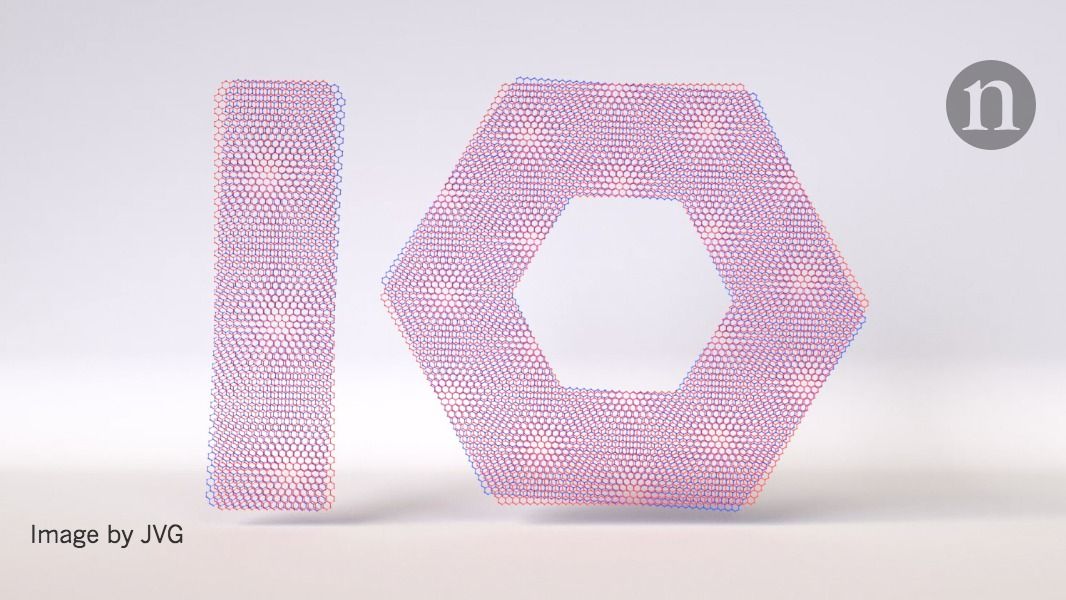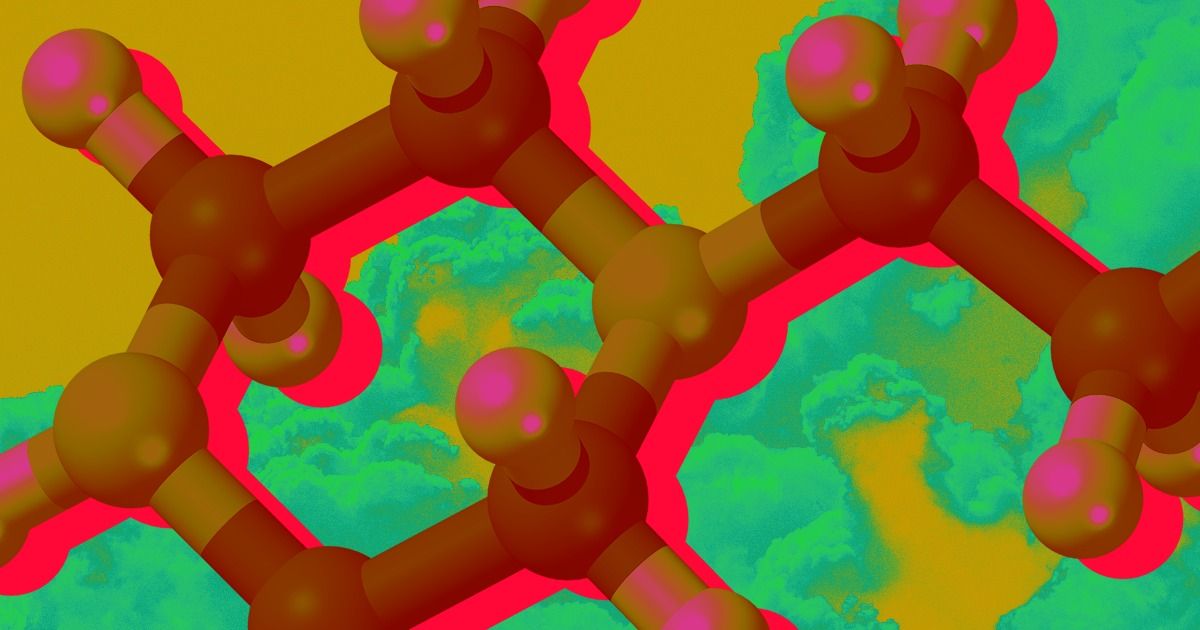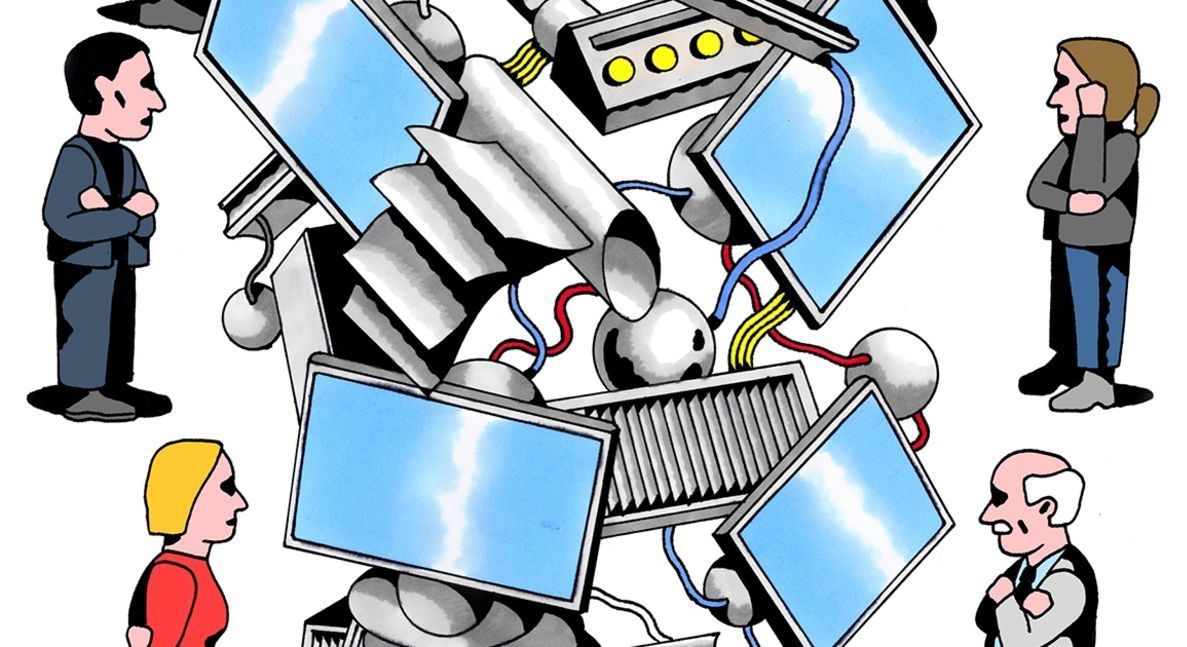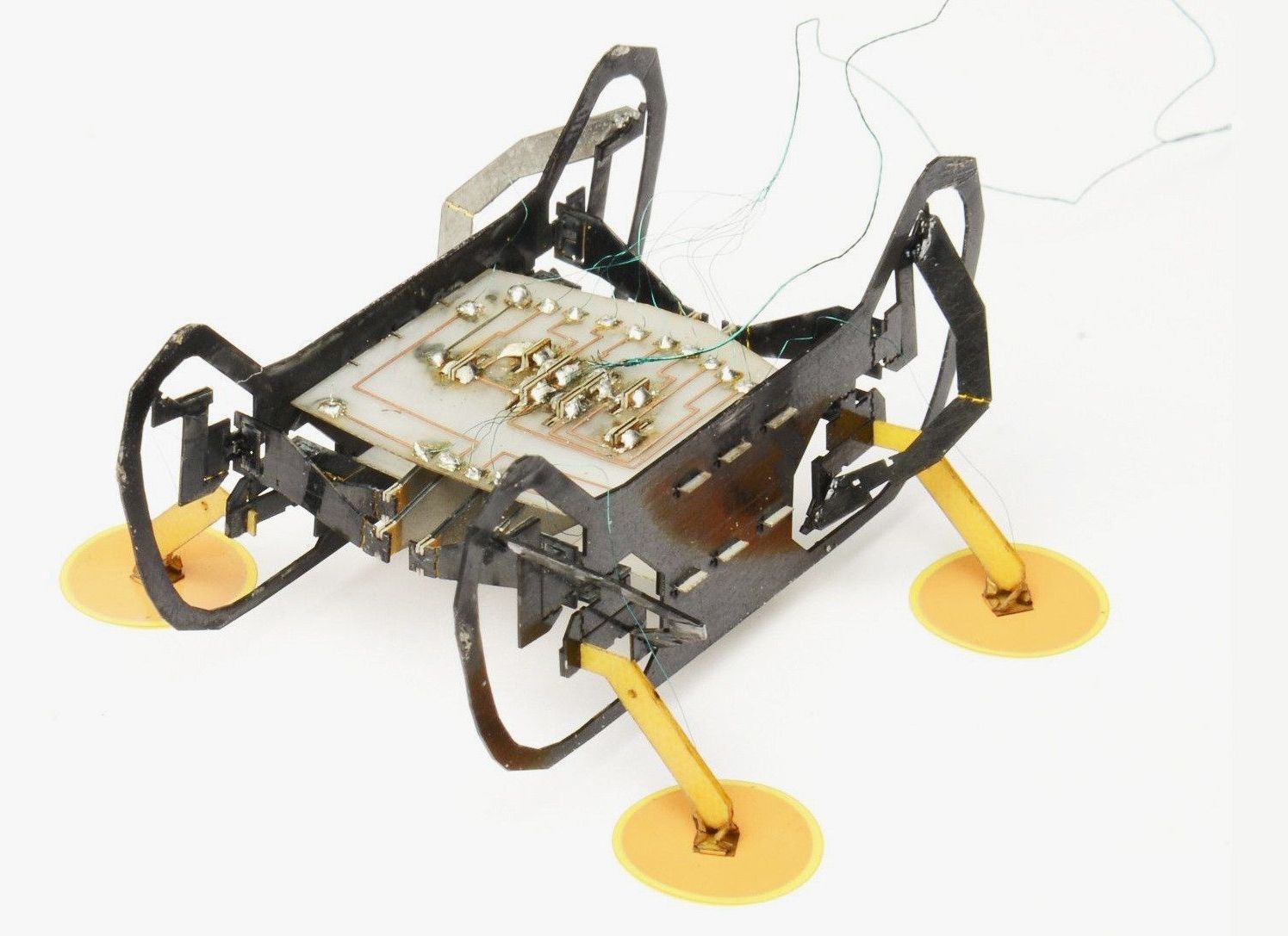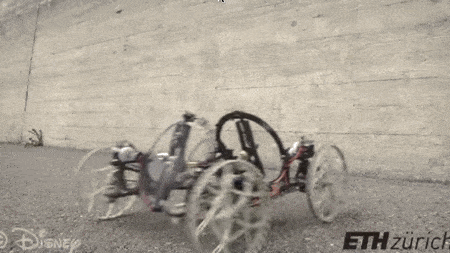A biohacker injected himself with DNA sequence made from parts of the Bible and Koran in a risky experiment because he “wondered whether it would be possible.”
Adrien Locatelli, from Grenoble in France, translated religious passages into DNA code to build unknown proteins which he then poured into his body.
The high-school student risked potentially fatal consequences after conducting the procedure without any knowledge of the effects the proteins would have on his body.

